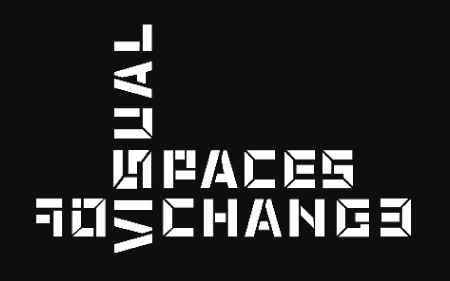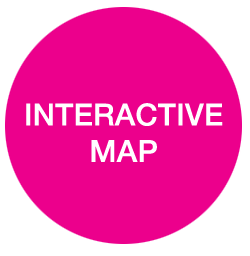Labyrinth was the first word that came to us when wandering for the first time in the Faculty of Pharmacy of the University of Porto
Being a university that is dedicated to education and laboratory activity, we centered our perspective as well in classrooms and laboratories. Where we could access through transitional spaces like hallways.
The interior route transmits a certain claustrophobia, because principally the hallways, which are very long, a little narrow and very alike. A sensation that contrasts the monumental aspect of the building itself.
All these characteristics mentioned guided us to the conclusion that the place resembles a labyrinth. Because although the building is fully connected, it does not present a defined course due to the paths that can be roamed and equally the wide diversity of elements which allow access to the multiple spaces.
Represents a succession of spaces almost nonsensical which lead to the heart of the faculty and do not allow you to find the way back.
The diverse places take us to another, little traveled or circulated, where mysterious compositions of objects are organized, none of them altered, in dark environments, incognitos that will never be answered.
Still, as the faculty is so massive, we were conditioned to capture vertical images since it was the first idea apprehended. However the horizontal photo is also utilized when the intention is to show the density of the building.
The appearance of human silhouettes have the purpose to convey and emphasize an idea of melancholy, wandering people, lost in the labyrinth. The project ends with a picture that captures a person in the unknown. A silhouette that does not possess any facial expression to accentuate the idea of ambiguity.
All the objects portrayed in the compositions belonged to the environment and none were altered. Interactions not tactile, but psychological, allowed the exploration of the different sensations that the space transmitted to us.




































